With our many types of custom binders to choose from, you’ve got a wealth of creative options at your fingertips. But that can be a bit overwhelming for the uninitiated. You don’t want to miss out on all the special features that are available to you or accidentally select a special feature you may not use. Knowing what options you have and what benefits each can offer will give you a greater degree of success when ordering a custom binder.
Types of Binder Materials
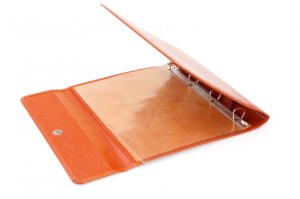
Binders come in a variety of materials, such as vinyl.
There are a number of different types of binder materials to choose from and each one is beneficial in its own unique way.
- Paper Stock – Paper stock binders are laminated for extra durability and protection from wear and tear. Paper is your best option for printing full-color pictures and designs without any distortion or loss of color quality. It also offers a wide variety of options for customization.
- Vinyl – Vinyl is perfect for long-term use and storage. Binders made from vinyl are easily cleaned and are resistant to scratches and weathering. They may also be view binders, which allow you place a custom cover sheet behind a clear plastic sheet on the front.
- Poly Material – Binders made with poly material are flexible, strong and resistant to dirt and water. Poly is the best choice for outdoor or industrial use.
- Leather – Leather binders not only hold up over time, they look professional and sophisticated. Leather is the best option for displaying on a shelf or desk. Even if you can’t afford real leather, leather-like vinyl can achieve a similar effect for a fraction of the price.
- Turned Edge – A turned edge makes your binder more like a book, with a paperboard cover wrapped in either cloth or high-quality paper stock. A turned edge not only creates a beautiful professional finish, it protects the binder from your usual wear and tear.
Paper Binder Styles
Paper is perhaps the most customizable of binder materials. It allows you the freedom to accent your design with the special qualities and styles of your choice.
No Pocket
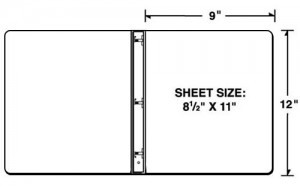
An example of a binder without pockets or add-ons
This is your standard, no-frills presentation binder. Theses types of binders have nothing but a cover and the three-ring binding inside. This is the perfect choice for those who want to design the interior of the binder. Binders were meant to be opened up and used, so recipients will see the inside just as much as the outside. Decorate the interior with graphics or use the extra space to convey important information.
One Pocket
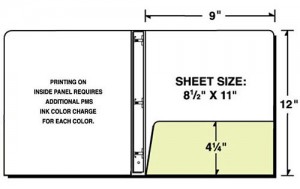
An example of a one-pocket binder
One pocket binders add an additional storage spot for your documents that doesn’t require three-hold punching. You have the choice between having a pocket on the left side or right side of the binder. The pocket is a great place to add information, a company logo or a business card slot– or you can move those elements over to the side without the pocket where you have more design room to work with.
Two Pockets
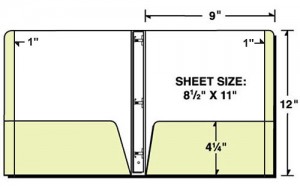
An example of a two-pocket binder
If you can’t decide which side of the folder you’d rather have the pocket, you can opt to go with two pocket binders, one on each side. These types of binders double your storage space and give you more organizational and design options.
Vertical Pocket
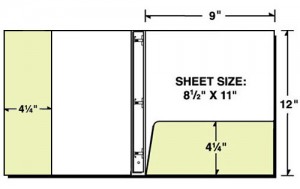
An example of a binder with a vertical pocket
Vertical pocket presentation binders put the pocket going up and down, which creates a unique visual effect. Vertical pockets also have more room so you can print information directly onto the pocket itself.
Portfolio Flap
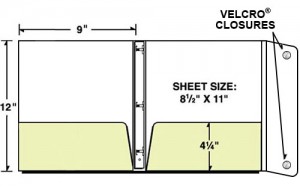
An example of a binder with a portfolio flap
The cover of a portfolio flap binder is extended to create a clasp that wraps around from the back to the front. The flap is also fastened with Velcro, keeping the clasp nice and secure. These types of binders will not open unless you want them to, protecting the contents inside from accidentally escaping while in transit.
Window
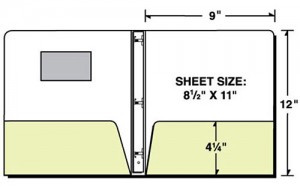
An example of a binder with a die-cut window
A die cut window on the outside of your binder gives recipients a preview of the binder’s contents. With a die cut window you can coordinate the first page of your binder so that particular information is highlighted on the front cover. For example, you might put the name of the recipient on the first page of the binder so that it is visible through the window.
CD Pocket
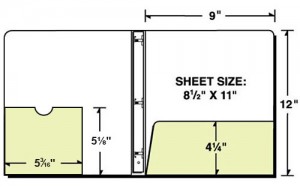
An example of a binder with a CD pocket.
These types of presentation binders give you a slot to hold digital media discs such as CDs or DVDs. CD pocket binders let you share PowerPoint presentations, promotional movies, instructional videos and software with your audience. Like any standard pocket on a binder, you can have a design printed onto the CD pocket.
Reinforced
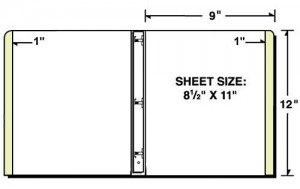
An example of a binder with reinforced edges
Reinforced binders have stronger edges to protect better against wear and tear. These types of binders are printed with an extra inch on each side, which is folded over to reinforce the edge. This also creates a visual effect if the color of the edge differs from the interior of your binder.
Of course this isn’t the end of the list — there are many binder sizes as well as an unlimited amount of options out there once you start to factor in original designs and customization. If you like to color outside the lines and you have a bold design idea that is far from traditional, your printer can work with you to bring that vision to life.
This post is a part of our Binders 101 product guide.

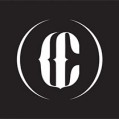

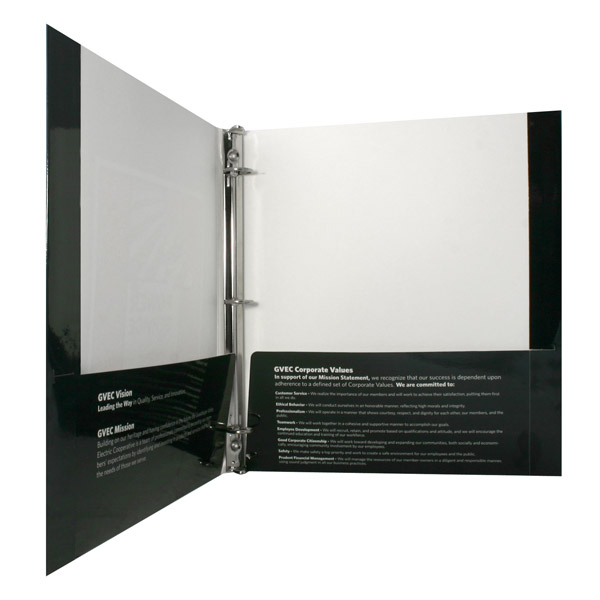
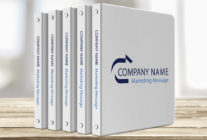
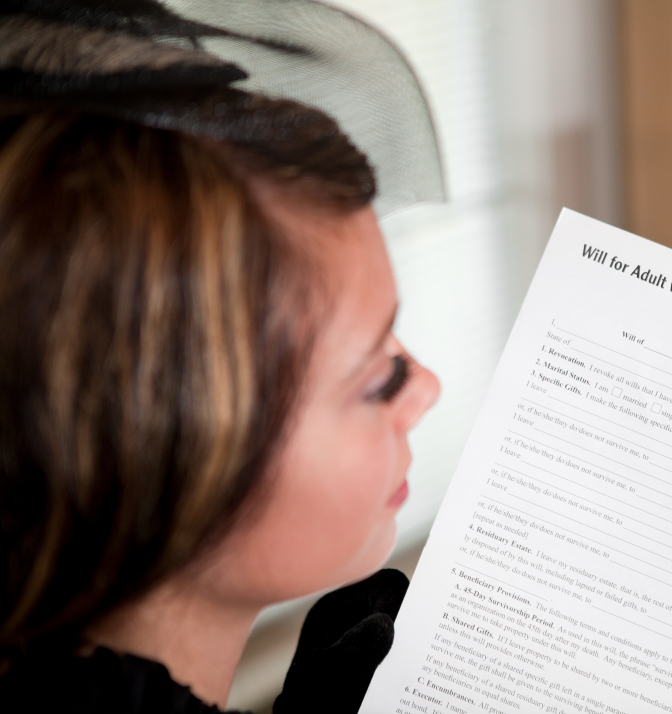
I like that you shared a complete guide to the different types of custom binder materials such as paper stock, vinyl, and leather, among others. Vinyl, in particular, is resistant to scratches and is very durable. This type of binder can last for many years if given the proper care. If I were to buy a custom business binder, I would definitely consider this type of material. Thanks.